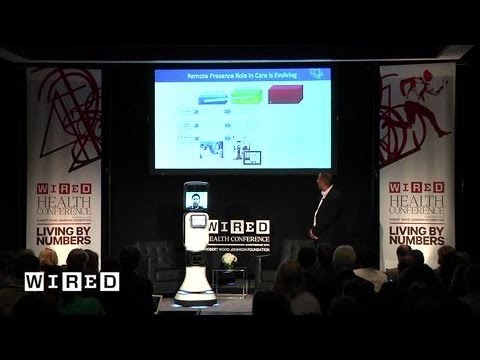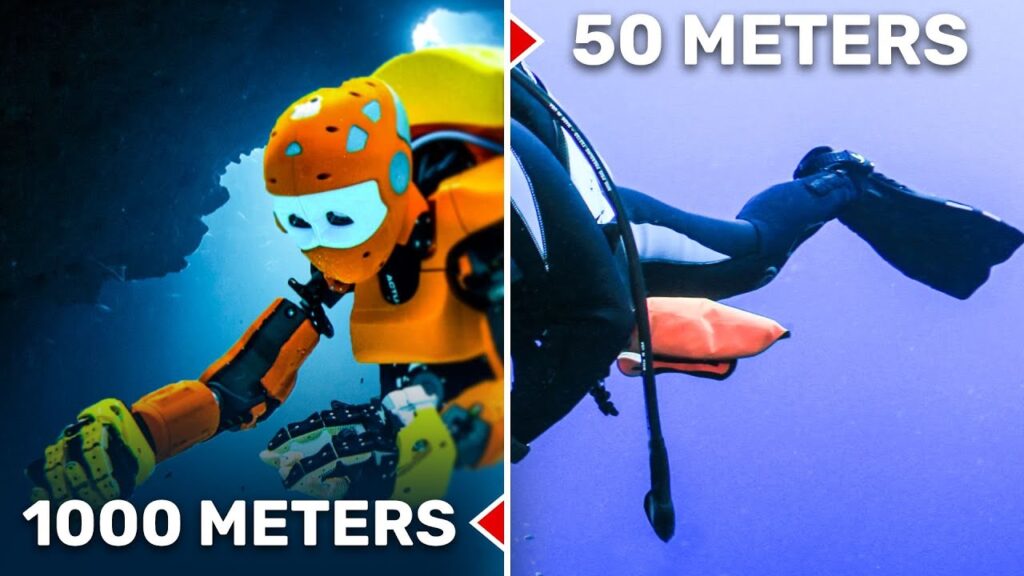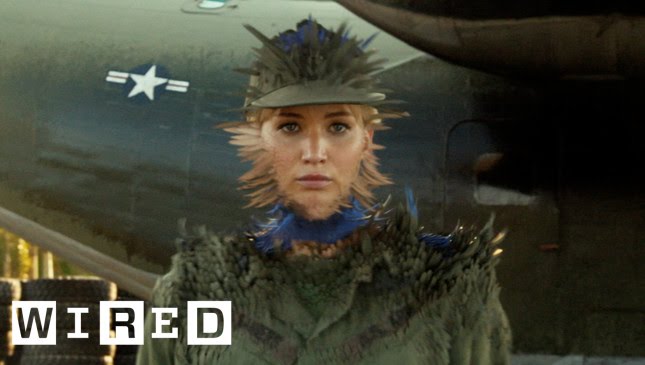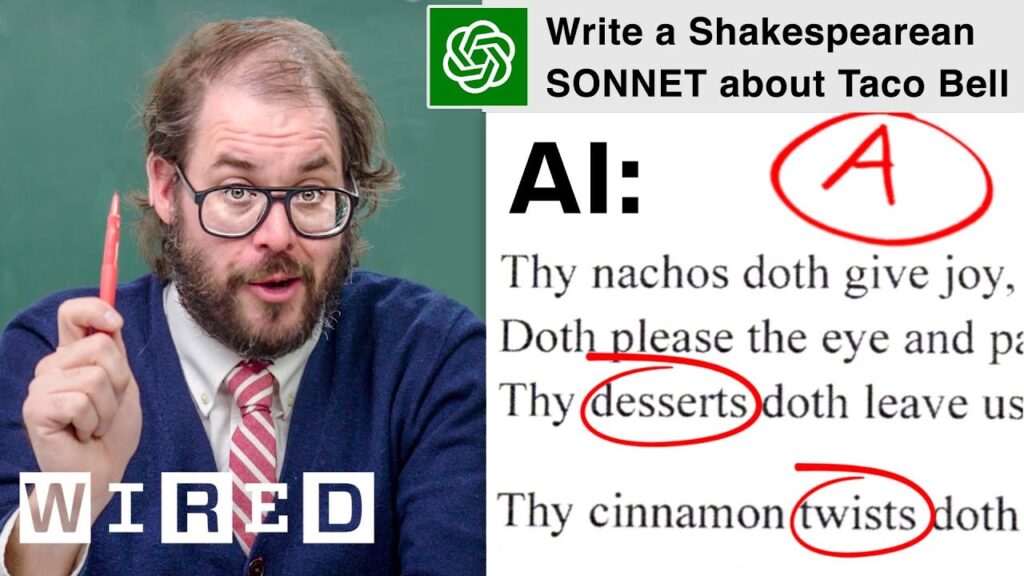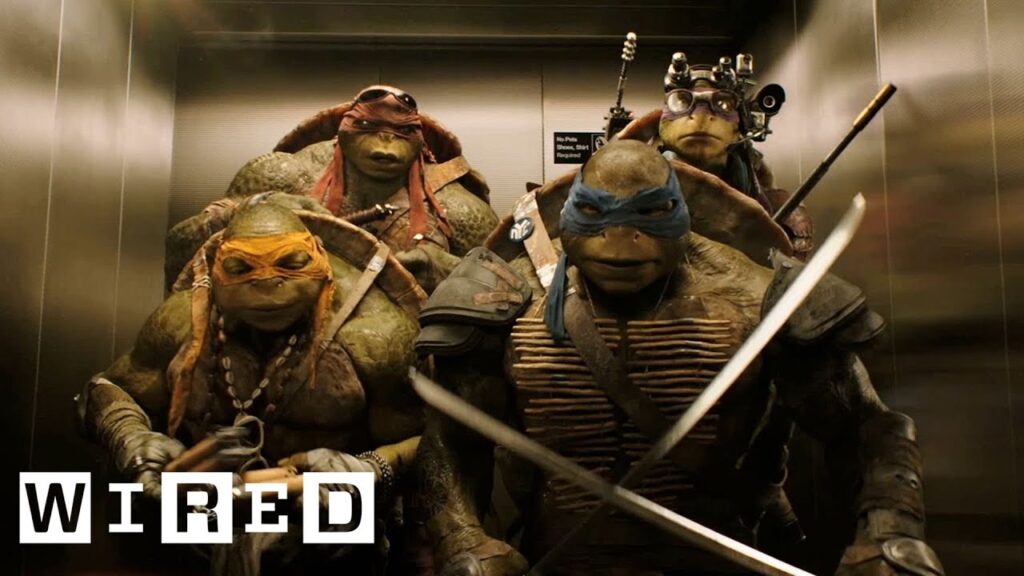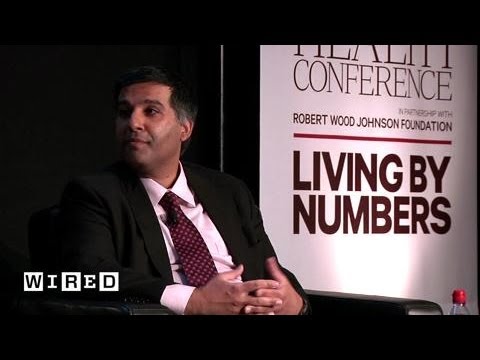The Incredible CGI Technology Behind The Young Arnold Schwarzenegger in Terminator Genisys
Summary
The article discusses the challenge of creating a younger version of Arnold Schwarzenegger for the movie Terminator Genisys. Special effects company MPC used advanced skin shaders, macro photography, and facial scanning to create a digital double of the 1984 version of Schwarzenegger. They also modeled the Terminator’s eye in intricate detail and used Schwarzenegger’s facial expressions as reference. The sequence was shot on a blue screen stage with a stand-in actor, but what the audience sees on screen is a completely digital creation.
Table of Contents
- Introduction
- How did MPC create a digital double of the 1984 Arnold Schwarzenegger?
- What were some of the most complex areas that the MPC team focused on?
- How did MPC use Schwarzenegger’s facial expressions as reference?
- What was the shooting process like?
- Conclusion
Introduction
In the movie Terminator Genisys, we see a younger version of Arnold Schwarzenegger that perfectly matches the original character from the 1984 film. However, this was no easy feat to achieve. The special effects company MPC was tasked with creating a digital double that looked and moved just like the real Schwarzenegger. In this article, we’ll delve into some of the incredible CGI technology that was used to bring this iconic character back to life.
How did MPC create a digital double of the 1984 Arnold Schwarzenegger?
MPC used advanced skin shaders, macro photography, and facial scanning to create a digital double of the 1984 version of Arnold Schwarzenegger. They began by creating a 3D model based on a head cast of the real actor taken in 1984. This model was then given more detail through macro photography and complex facial scanning of the real Schwarzenegger today.
What were some of the most complex areas that the MPC team focused on?
One of the most complex areas that the MPC team focused on was the Terminator’s eye. They modeled it in intricate detail, including 13 different types of hair, eyebrows, eyelashes, stubble, and head hair. The full character was over a million polygons, plus an additional third layer just for the eye, teeth, and other small details. They also used highly complicated skin shaders to fully ray trace the Terminator’s skin and model the way that light works on its surface and through its various epidermal and sub dermal components, including the blood flow.
How did MPC use Schwarzenegger’s facial expressions as reference?
Schwarzenegger himself provided the key facial poses that the MPC team could use to help the younger digital version of the Terminator come to life. This meant that the digital Arnold Schwarzenegger could mimic the real actor’s movements and facial expressions in a very natural way.
What was the shooting process like?
The sequence was shot mainly in New Orleans on a blue screen stage with a young actor named Brett Azar standing in for the eye line and basic framing. Azar’s performance gave the actors something to work with on set, but what the audience sees on screen is completely digital. The final product seamlessly blends the younger Terminator with the rest of the scene, so the audience never knows what is real and what is not.
Conclusion
Creating a digital double of a real actor is a challenging task, but as demonstrated by MPC’s work on Terminator Genisys, it is possible to achieve incredible results. By using advanced skin shaders, facial scanning, and referencing the real actor’s movements and expressions, MPC was able to bring an iconic film character back to life. The end result is a digital creation that is so convincing that it seamlessly blends in with the rest of the scene.
